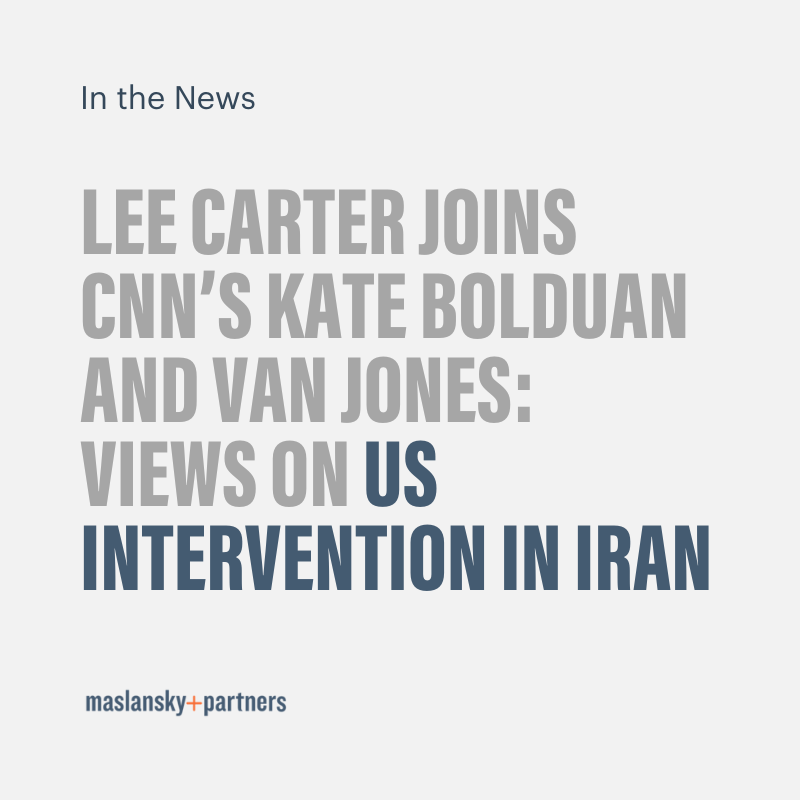Your sustainability story, sans buzzwords
One of the biggest barriers in sustainability communication today is the frequent use of scientific jargon, aka “buzzwords.” Most of the words used to talk about sustainability are highly technical: Net zero emissions. Carbon neutrality. Decarbonization. Green fuels. In the late twentieth century, these phrases emerged in scientific studies to describe the overuse of natural resources and provide context for solutions. The problem with these terms? To anyone outside of the scientific community, they’re too research-focused and research-specific to be meaningful.
When done right, an effective sustainability story can strengthen your business by uniting employees, customers, and shareholders around a common goal. To craft a sustainability story that resonates with employees and consumers, it’s critical to translate your sustainability story into simpler language. Here’s how you can start:
1. Pause and explain your intention. Before even using jargon-heavy terms like “carbon intensity targets,” “net zero emissions,” or “carbon footprint,” think about what message you want your audience of employees and/or consumers to take away. What’s your intended message behind the term? If you set “carbon intensity targets,” your audience’s first question may be: “What does that even mean?” The second question might be: “Why should I care?” So, instead of using “carbon intensity targets,” talk about how you’re reducing the amount of pollution you create, relative to the specific industry you’re in. Instead of “net zero emissions,” explain that you’re focused on not adding more greenhouse gases to the environment when you create products (or provide services). And when you say that you’re “reducing your carbon footprint,” stand out from the pack by talking about how you’re using less energy.
| If You Say | Your Audience Might Think | Instead Say |
| We aim to reduce our carbon intensity by 25% by 2025 | What does that mean? | We are making long-term changes in the way we consume energy. In the next four years, we will reduce the amount of carbon produced per product by 25%. |
| Our target is to become a net-zero emissions business | Why should I care? | Our mission is to produce quality products without adding harmful greenhouse gases to the environment. We are changing the way we conduct business so that we never produce more carbon dioxide than we remove from the environment. |
2. Use specifics to create a visual understanding. Your customers don’t need to know every detail of your sustainability strategy in the upfront story–in fact, if you get too in the weeds about your strategy and action plan (like sharing Key Performance Indicators), you’re likely to lose them when building your narrative. Instead, offer insight into the day-to-day actions you’re taking that are relatable. If you are sourcing renewable energy for 100% of your power needs, take it a step further by explaining the steps behind it: are you installing solar panels on your 150 office buildings worldwide? Are you sourcing all of your electricity from wind and solar farms? Chances are, your audience is taking similar steps (or is thinking about doing so) in their day-to-day lives. Hearing about how a company is achieving broader, impressive landmarks like net zero emissions is impactful, because they can understand the effort that goes into taking these steps on a personal level.
| Lead with the broader action you’re taking… | …then get into specifics |
| We are sourcing renewable energy for 100% of our power needs | In 2020, we installed solar panels on each of our 150 offices around the globe. We are sourcing all of our electricity from wind and solar farms 75% of our products this quarter are made with recycled materialsWe have installed LED lighting systems at 500 branches and 43 commercial offices |
| We are changing our business model to source materials responsibly | 75% of our materials this quarter are made with recycled materials We are reducing the amount of single-use packaging that we use throughout our global supply chain |
3. Connect your actions to your desired impact and outcomes. Unless you connect your actions to a larger “why,” they’ll still lack meaning and context. Most of the language we use to talk about sustainability speaks to what we’re reducing or taking away — which is important, but widely speaks to the problem (climate change) and not the solution or shared goal that we’re striving for. Our research and experience has shown us, time and time again, that people are most motivated by a positive, common goal and narrative, rather than an explanation of the problem — which, in and of itself, can tap into negative emotions, like shame. After translating what you’re doing to promote sustainability in plainspoken, specific language, connect it to your purpose. What is the reason that you’re installing solar panels, and how does your audience stand to benefit? An explanation of your “why” through a narrative structure builds excitement around your actions — ultimately strengthening your reputation, relationships, and revenue.
| Avoid language that speaks to the problem | Instead, use language that connects to purpose |
| We are creating long-term solutions that reduce our carbon footprint and fight climate change We are helping our clients transition to a low-carbon world | Everything we make has an impact on the planet. That’s why we’re investing in practices that improve soil health for more plentiful harvests |
RESEARCH PERFORMED AND PREPARED BY: Hannah Sullivan, Senior Language Strategist at maslansky + partners









